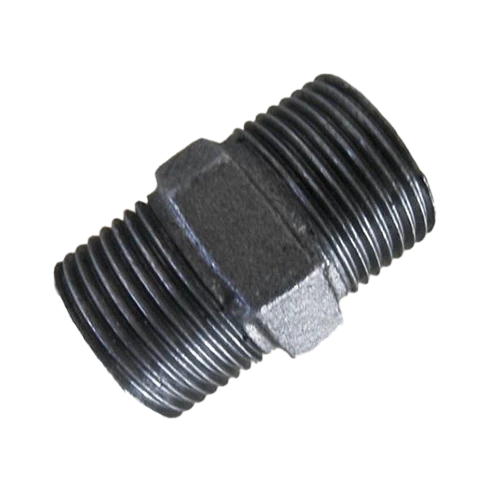Mobile:+86-311-808-126-83
Email:info@ydcastings.com
Advanced Techniques in Precious Metal Casting for Jewelry and Artisanal Creations
The Art and Science of Precious Metal Casting
Casting has been a cornerstone of metalworking for millennia, especially when it comes to precious metals like gold, silver, and platinum. This intricate process not only requires exceptional artistry but also significant technical knowledge, making it a fascinating blend of creativity and precision. Whether for jewelry, art pieces, or industrial applications, precious metal casting remains a critical method in many industries.
At its core, precious metal casting involves several essential steps designing the mold, preparing the metal, casting, and finishing the product. Each stage of the process is crucial in determining the final quality and characteristics of the piece.
Designing the Mold
The journey of any cast metal object begins with the design stage. Artists or designers will often create a prototype of the desired object, which can be made from wax, clay, or other suitable materials. This model will be used to create the mold. For intricate designs, a multi-part mold may be necessary to ensure that every detail is captured.
In modern practices, computer-aided design (CAD) software has become increasingly popular, allowing designers to visualize and manipulate their creations with precision before production. This digital approach streamlines the process and can help in foreseeing any potential issues that may arise during casting.
Preparing the Metal
Once the mold is ready, the next step is to prepare the precious metal. Precious metals typically come in various forms, including granules, bars, or sheets. Selecting the right form depends on the specific requirements of the casting process being used, such as lost-wax casting, sand casting, or die casting.
The metal must be heated to its melting point, which varies depending on the type of metal. For instance, gold melts at around 1,064 degrees Celsius (1,947 degrees Fahrenheit), while silver has a melting point of about 961 degrees Celsius (1,762 degrees Fahrenheit). Proper melting techniques and temperature control are crucial, as overheating can degrade the metal's quality, leading to defects in the casting.
precious metal casting

The Casting Process
After preparing the metal, it is poured into the mold. This stage must be executed with precision and care. In lost-wax casting, for example, the liquid metal is poured into a mold created by an original wax model, which is then melted away, leaving a hollow cavity for the metal to fill. This technique allows for high levels of detail and is favored for fine jewelry and intricate designs.
Once the metal has cooled and solidified, the mold is removed, revealing the cast piece. At this stage, it's common to have rough edges or imperfections that require further finishing.
Finishing Touches
Finishing is a critical step in the casting process, influencing both the aesthetic appeal and the structural integrity of the piece. This can involve several techniques such as polishing, sanding, and plating, depending on the desired final look. For jewelry, additional steps like stone setting may be required to enhance the overall product.
In recent years, there has been a growing emphasis on eco-friendly practices in precious metal casting. Recyclable materials and responsible sourcing of precious metals have become priorities for many artisans and companies. This shift not only addresses environmental concerns but also meets the rising consumer demand for sustainably produced goods.
Conclusion
The art of precious metal casting merges tradition with innovation. It requires a deep understanding of materials, techniques, and artistic vision. As technology advances, the casting process continues to evolve, offering new possibilities for creativity and craftsmanship while still honoring age-old practices. From the initial design to the final polish, every step plays a vital role in crafting exquisite pieces that can be cherished for generations. Ultimately, precious metal casting remains not just a technique but a testament to human ingenuity and artistry.
-
Understanding Metal Casting TechniquesNewsApr.02,2025
-
Understanding Exhaust Manifolds for Enhanced Engine PerformanceNewsApr.02,2025
-
The World of Metal FabricationNewsApr.02,2025
-
Key Components for Pump and Turbo EfficiencyNewsApr.02,2025
-
Essential Tools for Automotive Maintenance and RepairNewsApr.02,2025
-
Durable Valve Components for Effective Water ManagementNewsApr.02,2025











